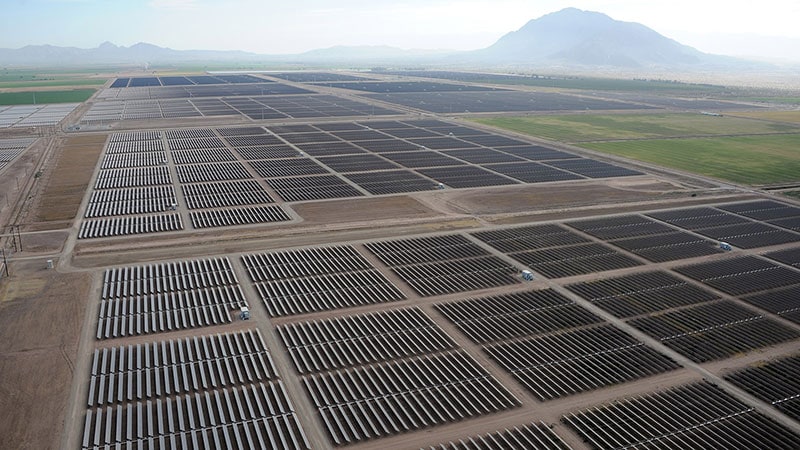This post references research and analysis from an original SolUnesco white paper, which can be downloaded in full, here.
Much has been said about the recent plummeting costs of solar technology, and the corresponding ability for utility-scale projects to legitimately compete with more conventional forms of generation. While this is certainly a reality, it is also conditional. Solar profit margins are generally still too slim to overcome less-than-ideal project conditions. The most elemental development ingredient is land; in order to make these projects pencil, we developers must target large, open, flat, and relatively inexpensive land. As such, these projects are often sited on land that has historically been used for agricultural purposes.
As developers in Virginia, we often find ourselves working with local governments who are wisely weighing the fiscal costs and benefits of changing land from agricultural land use to utility scale solar use. We explain that Solar provides tax and other income to the county while being a passive use that really doesn’t require many (if any) county resources. While it seems obvious that this would be more fiscally beneficial land use than agricultural, there are a lot of factors loaded into that statement. It was unclear exactly how much better it would be. It was also unclear how solar would stack up against other uses, such as residential or commercial.
For decades, researchers have been completing Cost of Community Services (COCS) reports for rural communities. These reports take an in-depth look at county revenues and expenditures and lay out the true cost of the big three conventional land uses (agriculture, commercial, residential), in dollars-and-cents terms.
The American Farmland Trust, in partnership with the USDA, recently published a synthesis of all of these reports from across the United States, and came up with the average cost to the locality for each category of land use. It found that residential land use cost more than it benefited the county, across the board. On average, residential land use cost the county $1.16 for each $1.00 generated. This is significant because, from a zoning perspective, residential is generally very easy to get approved (if approval is even needed).
Agriculture and commercial, on the other hand, each made money for the county. On average, each dollar generated by commercial only cost the county thirty-seven cents. For agricultural, a dollar only cost thirty cents. An important distinction between the two is the magnitude: In looking at individual COCS reports, both costs and revenues from commercial are several times those of agricultural. In other words, the commercial cost-benefit ratio stems from a large cost divided by a large benefit and the agricultural ratio agricultural involves math between two small numbers. As is the nature of ratios, the results are both small numbers.
These studies are, unfortunately, silent when it comes to Solar as a land use. However, by digging into the appendixes of these COCS studies (as we did in our white paper) we can see where it would fit in. In a line by line comparison of county costs and revenues, we find that Solar mirrors commercial use when it comes to revenues. Fees and taxes associated with Solar are significant. They easily outpace agriculture, which contributes very little to county coffers. Conversely, while commercial has high county resource costs, Solar mirrors agriculture with virtually no impact on county resources.
In bringing it back to cost-benefit ratios, Solar’s math involves a small cost being divided by a large benefit, promising even lower numbers than commercial (large/large) or agricultural use (small/small).
We always knew that we could promise counties “good county income with low resource use”. Now, we have put it into better context by comparing to the known cost-benefit ratios of alternate land uses. With high revenues and low costs, Solar takes the best parts of all land use scenarios and clearly outperforms residential, agricultural, and commercial land use, giving it the highest value of practical land uses to the county.
Download the full white paper, here.


Leave A Comment